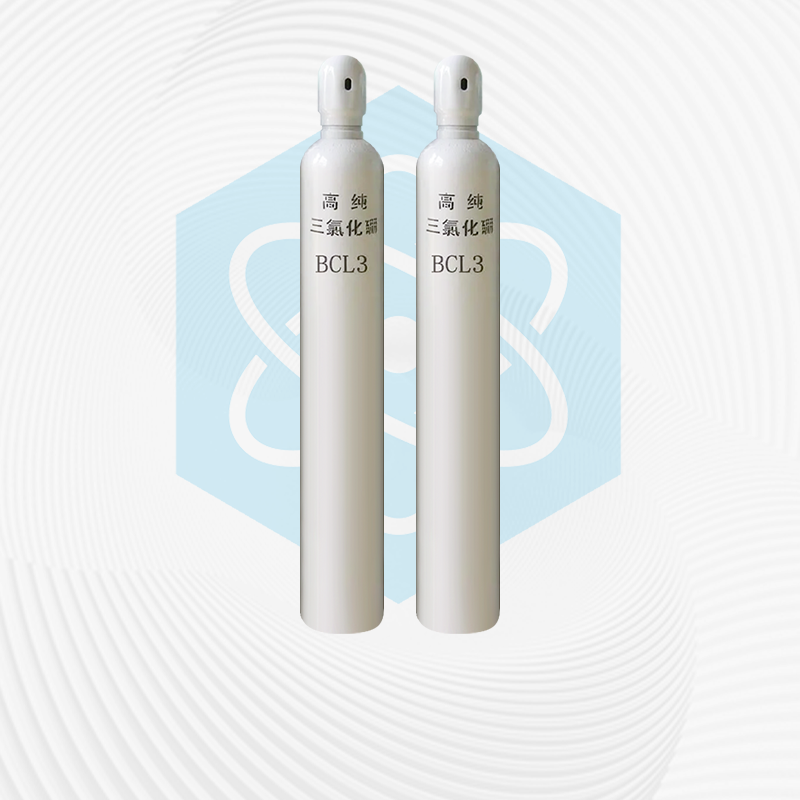Gas Introduction
Boron trichloride is a hazardous chemical. The molecular formula is BCl3 and the molecular weight is 117.19.
Mainly used as a doping source or organic synthesis catalyst for semiconductor silicon, and also for the production of high-purity boron or organic boron. Inhalation, oral administration, or absorption through the skin by humans are harmful to the body. Can cause chemical burns. In addition, it also poses certain risks to the environment.
Emergency response
Leakage emergency response
Quickly evacuate personnel from the contaminated area to the upwind and immediately isolate them for 150 meters, with strict restrictions on entry and exit. It is recommended that emergency personnel wear self-contained positive pressure respirators and protective clothing. Cut off the source of leakage as much as possible. If it is gas, ventilation should be reasonable to accelerate diffusion. Dilute and dissolve with spray water. Build embankments or dig pits to contain a large amount of wastewater generated. If possible, use an exhaust fan to send residual or leaked gas to the water washing tower or the ventilation hood connected to the tower. Leakage containers should be properly handled, repaired, and inspected before use. If it is a liquid, absorb it with sand, vermiculite, or other inert materials. If there is a large amount of leakage, build embankments or dig pits for containment; Spray water is used to cool and dilute the steam, protect the on-site personnel, but do not directly spray water on the leakage point. Transfer to a tank truck or dedicated collector using an explosion-proof pump, recycle or transport to a waste disposal site for disposal.
Protective measures
Respiratory protection: When the concentration in the air exceeds the standard, wear a self-priming filter type gas mask (full face mask). It is recommended to wear an oxygen respirator during emergency rescue or evacuation.
Eye protection: Protective measures have been taken in respiratory protection.
Body protection: Wear rubber acid and alkali resistant clothing.
Hand protection: Wear rubber gloves.
Other: After work, take a shower and change clothes. Maintain good hygiene habits.
Packaging and storage: Double necked glass bottle packaging
First aid measures
Skin contact: Immediately remove contaminated clothing and rinse with plenty of flowing water for at least 15 minutes. Seek medical attention.
Eye contact: Immediately lift the eyelids and thoroughly rinse with plenty of flowing water or physiological saline for at least 15 minutes. Seek medical attention.
Inhalation: Quickly remove from the scene to a place with fresh air. Maintain airway patency. If breathing is difficult, administer oxygen. If breathing stops, immediately perform artificial respiration. Seek medical attention.
Ingestion: Rinse mouth with water and give milk or egg white to the person taking it by mistake. Seek medical attention.
Fire extinguishing method: The product is non flammable. Cut off the air source. Spray water to cool the container, and if possible, move the container from the fire to an open area. Fire extinguishing agent: sand. Do not use water or foam to extinguish the fire




